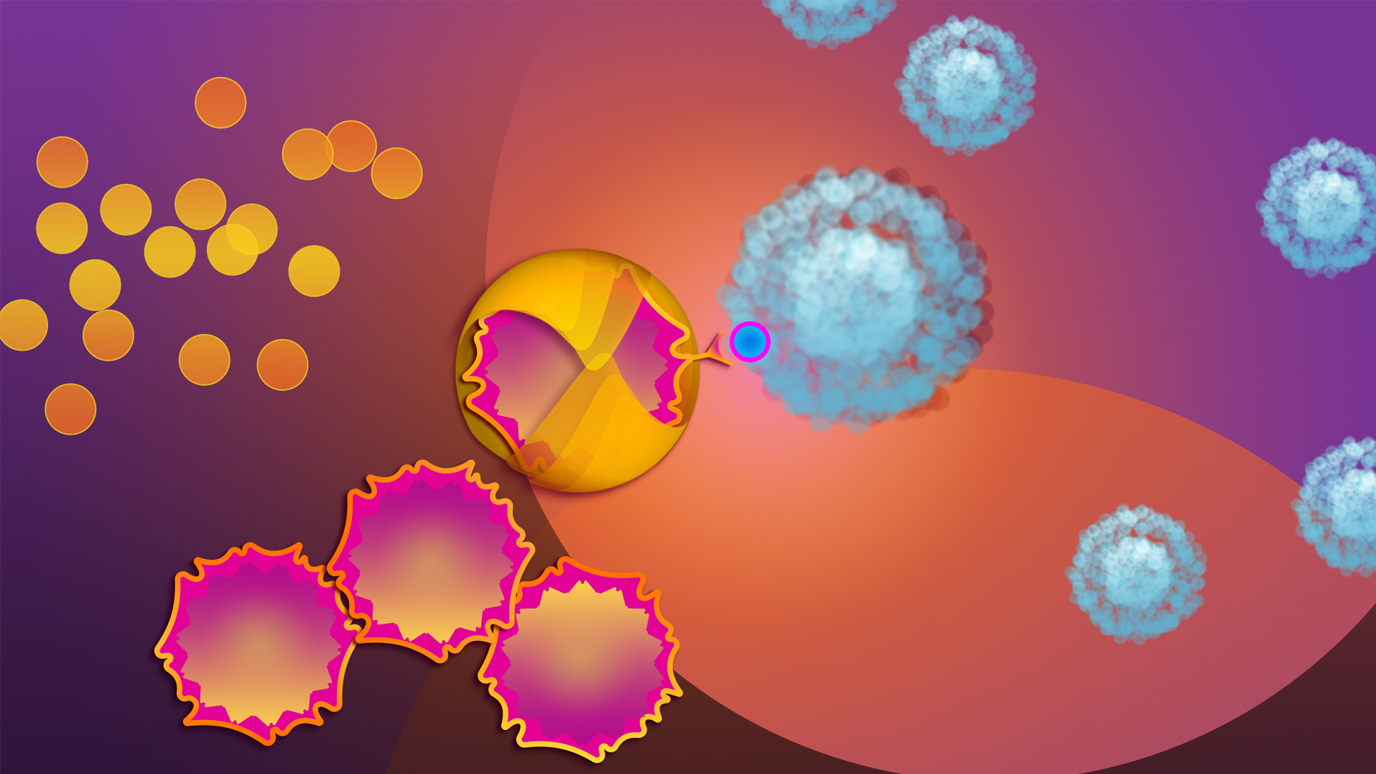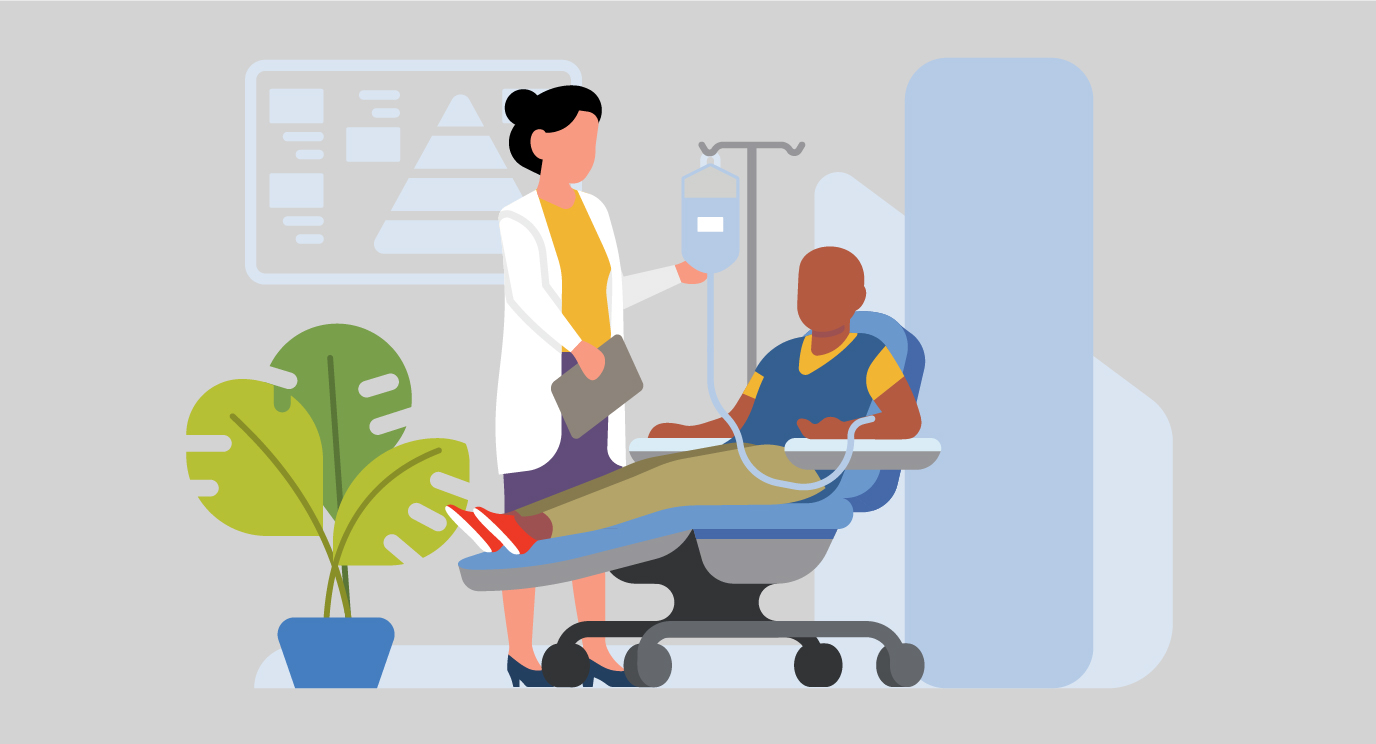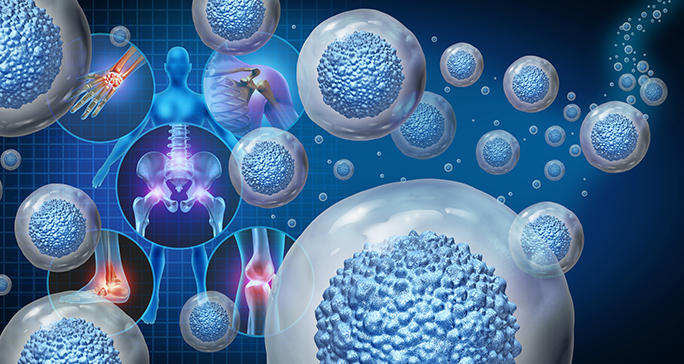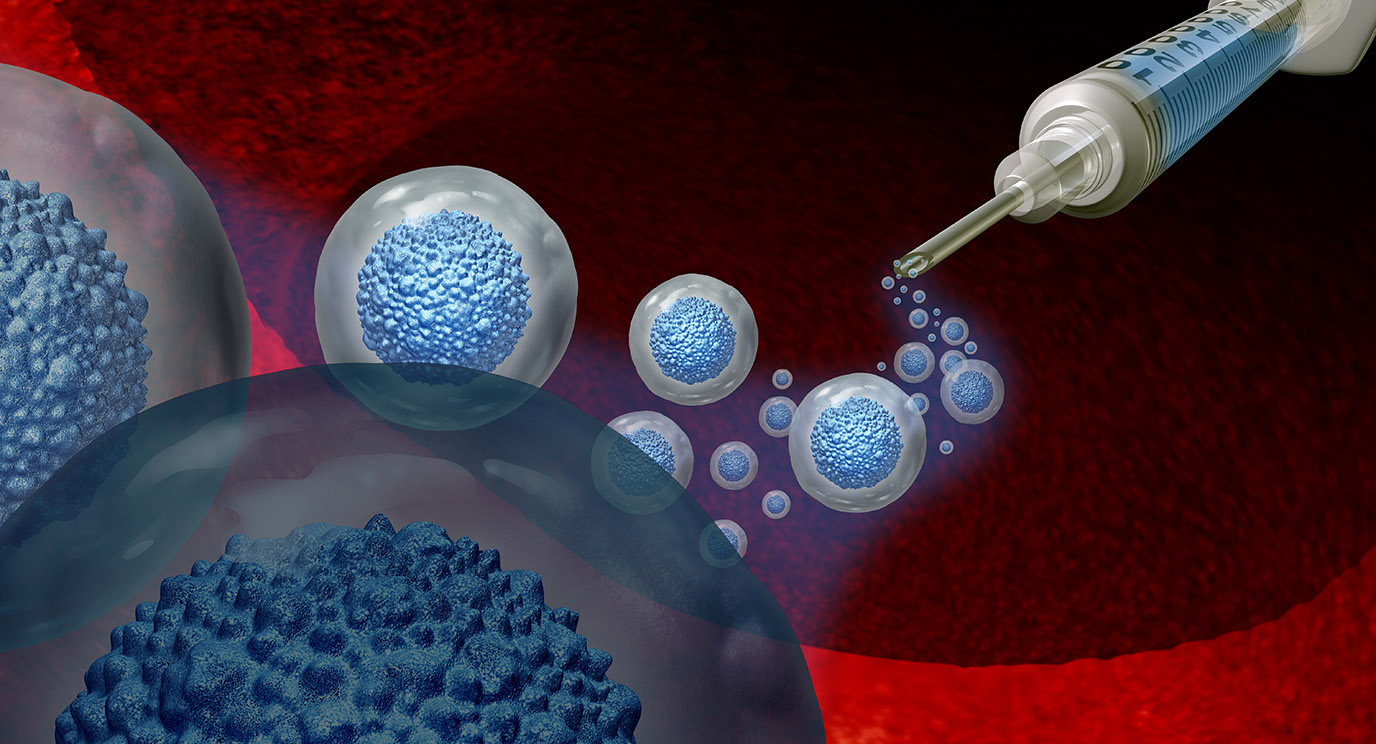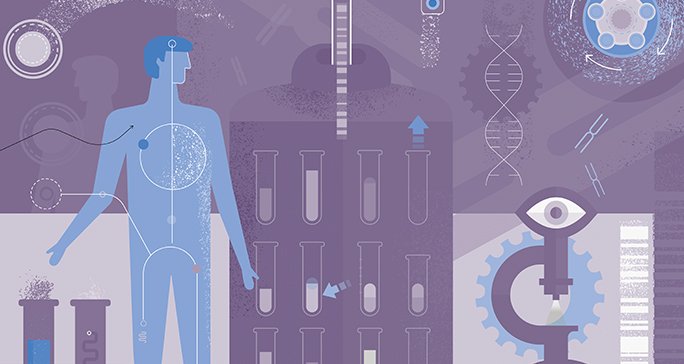- Diseases
- Acoustic Neuroma (14)
- Adrenal Gland Tumor (24)
- Anal Cancer (68)
- Anemia (2)
- Appendix Cancer (16)
- Bile Duct Cancer (26)
- Bladder Cancer (72)
- Brain Metastases (28)
- Brain Tumor (232)
- Breast Cancer (714)
- Breast Implant-Associated Anaplastic Large Cell Lymphoma (2)
- Cancer of Unknown Primary (4)
- Carcinoid Tumor (8)
- Cervical Cancer (158)
- Colon Cancer (166)
- Colorectal Cancer (116)
- Endocrine Tumor (4)
- Esophageal Cancer (44)
- Eye Cancer (36)
- Fallopian Tube Cancer (8)
- Germ Cell Tumor (4)
- Gestational Trophoblastic Disease (2)
- Head and Neck Cancer (12)
- Kidney Cancer (128)
- Leukemia (342)
- Liver Cancer (50)
- Lung Cancer (286)
- Lymphoma (278)
- Mesothelioma (14)
- Metastasis (30)
- Multiple Myeloma (100)
- Myelodysplastic Syndrome (60)
- Myeloproliferative Neoplasm (4)
- Neuroendocrine Tumors (16)
- Oral Cancer (100)
- Ovarian Cancer (172)
- Pancreatic Cancer (160)
- Parathyroid Disease (2)
- Penile Cancer (14)
- Pituitary Tumor (6)
- Prostate Cancer (146)
- Rectal Cancer (58)
- Renal Medullary Carcinoma (6)
- Salivary Gland Cancer (14)
- Sarcoma (238)
- Skin Cancer (296)
- Skull Base Tumors (56)
- Spinal Tumor (12)
- Stomach Cancer (64)
- Testicular Cancer (28)
- Throat Cancer (92)
- Thymoma (6)
- Thyroid Cancer (96)
- Tonsil Cancer (30)
- Uterine Cancer (80)
- Vaginal Cancer (16)
- Vulvar Cancer (20)
- Cancer Topic
- Adolescent and Young Adult Cancer Issues (20)
- Advance Care Planning (10)
- Biostatistics (2)
- Blood Donation (18)
- Bone Health (8)
- COVID-19 (362)
- Cancer Recurrence (120)
- Childhood Cancer Issues (120)
- Clinical Trials (630)
- Complementary Integrative Medicine (22)
- Cytogenetics (2)
- DNA Methylation (4)
- Diagnosis (232)
- Epigenetics (6)
- Fertility (62)
- Follow-up Guidelines (2)
- Health Disparities (14)
- Hereditary Cancer Syndromes (126)
- Immunology (18)
- Li-Fraumeni Syndrome (8)
- Mental Health (116)
- Molecular Diagnostics (8)
- Pain Management (62)
- Palliative Care (8)
- Pathology (10)
- Physical Therapy (18)
- Pregnancy (18)
- Prevention (914)
- Research (392)
- Second Opinion (74)
- Sexuality (16)
- Side Effects (604)
- Sleep Disorders (10)
- Stem Cell Transplantation Cellular Therapy (216)
- Support (402)
- Survivorship (320)
- Symptoms (182)
- Treatment (1786)
Need a stem cell transplant? 4 tips to make your life easier
BY John Lugo
4 minute read | Published November 20, 2024
Medically Reviewed | Last reviewed by John Lugo on November 20, 2024
Cancer patients usually have to make some lifestyle adjustments to accommodate their treatment. That could mean anything from taking time off to recover from surgery to waking up early to get to chemotherapy infusions before heading in to work.
Everyone’s accommodations will look a little different, depending on the type of cancer they have, how advanced it is and their individual treatment plan.
But what if you need a stem cell transplant to treat leukemia, lymphoma, myeloma or some other blood disorder?
Here are four suggestions to help you prepare for that procedure.
Know your stem cell transplants to manage your expectations
Stem cell transplants replace damaged or faulty blood cells with healthy cells. They do this by “rebooting” the immune system with an infusion of new stem cells after the old ones have been destroyed (along with cancer cells) by chemotherapy. All stem cell transplants fall into one of two categories:
- Allogeneic stem cell transplants use cells from a matched donor; these could come from a family member, umbilical cord blood or a completely unrelated individual.
- Autologous stem cell transplants use your own cells.
Some patients think they can move forward with a transplant right away, even if they need a donor’s cells. But that’s not always the case.
Even in the earliest stages of donor identification, there’s a lot of waiting to find out if someone is a good match for you. Then, you have to find out if they are still willing and able to donate, as well as how soon they can have their stem cells extracted.
A lot of people who register for the National Marrow Donor Program are young college students with class schedules to work around. So, you might have to wait a few months until they get time off around the winter holidays, spring break or summer vacation.
You’ll need a place to stay
No matter which type of stem cell transplant you receive, you’ll need to be isolated in the hospital for at least 30 days after the infusion. This is to protect you while the new cells engraft and start rebuilding your immune system.
It can take a while for your immune system to bounce back completely after a stem cell transplant. So, you’ll likely be asked to remain close to the hospital for at least a few more weeks — if not months — after you’re discharged. This is so you can get back to the hospital quickly if you develop a fever, an infection or any other complication.
If you’re getting a stem cell transplant at MD Anderson, there are many lodging options in or near the Texas Medical Center, including hotels, apartments, and trailer parks. Some offer special or reduced rates for people seeking medical treatment.
But if you’re visiting Houston for the first time, you might need some help sorting through it all. Our social workers can help. You can request a referral through MyChart or contact Social Work directly for assistance.
Be prepared: Have a ‘go bag’ ready
There’s a good chance you might be on “stand-by” status if you’re waiting for stem cells to be provided by someone else. So, the next time you hear from your care team could well be the minute the transplant is actually ready — and you’ll need to get to the hospital ASAP.
That’s why it’s helpful to have a “go bag” packed with the essentials: you can get to the hospital quickly. Recovery from a stem cell transplant could take a month or longer. So, pack a few meaningful personal items like photos and other keepsakes, to make your room feel homier and less like a hospital.
Get your house in order before you leave
Now that you know you’ll need to be in a hospital for at least 30 days, what has to happen to make that possible? Do you need to set up automatic bill payments through your bank? Ask a neighbor to get the mail and mow your lawn? Make arrangements with friends or siblings for long-term child care?
Not everyone has the flexibility to work remotely, but if you do, now’s the time to look into it. If not, at least make sure your application for job protection has been granted through the Family and Medical Leave Act.
Unfortunately, life doesn’t stop just because you’re getting a stem cell transplant. But if you plan ahead as much as possible, you can make your own life — and those of others’ — much less stressful.
John Lugo is a social work counselor who leads a bi-monthly support group for stem cell transplant recipients and their caregivers.
Request an appointment at MD Anderson online or call 1-844-506-3058.

Life doesn’t stop just because you’re getting a stem cell transplant.
John Lugo
Social Work Counselor

